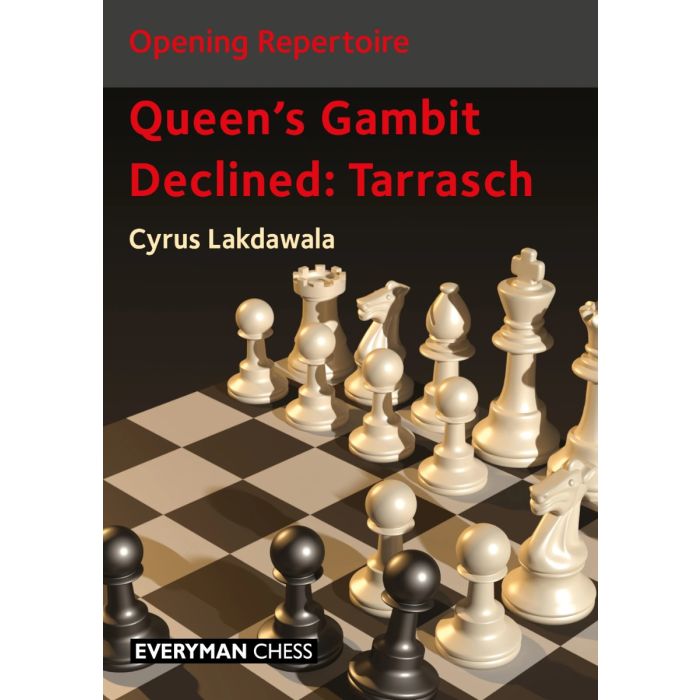In the hallowed halls of chess, where the pursuit of logical perfection once unfolded at a contemplative pace, a new era has dawned. The serene landscape of ivory and ebony has given way to a bustling, multi-lane highway, where the world`s finest minds are now expected to switch gears at breakneck speed. This isn`t just a game of kings anymore; it`s a grand marathon across diverse formats, testing not only strategic brilliance but also sheer mental fortitude.
The Chess Kaleidoscope: A Multitude of Battles
For decades, classical chess stood as the undisputed monarch of the chessboard. Its slow, deliberate pace, measured in hours, not minutes, allowed for profound strategic depth and meticulous calculation. It was the ultimate test of endurance and intellect, the format where legends were forged and World Champions crowned.
However, the game`s undeniable growth, fueled by online platforms, increased viewership, and burgeoning prize pools, has ushered in a vibrant kaleidoscope of variants:
- Rapid Chess: A quicker tempo, demanding sharp intuition and efficient calculation.
- Blitz Chess: A high-octane sprint, where tactical blunders are frequent, and time pressure is an opponent in itself.
- Freestyle Chess (Chess960/Fischer Random): A revolutionary format where the back-row pieces are randomized, negating extensive opening memorization and emphasizing pure strategic understanding from the very first move.
These formats, while undeniably exciting for spectators and lucrative for organizers, have transformed the professional chess calendar into a relentless gauntlet.
The Player`s Conundrum: A Constant State of Flux
Imagine a tennis player expected to seamlessly transition from Wimbledon`s pristine grass courts to the dusty clay of Roland Garros, then immediately to the hardcourts of the US Open – all within a week. This analogy barely scratches the surface of the modern chess Grandmaster`s reality.
Consider Gukesh Dommaraju, the reigning World Champion. One moment, he`s immersed in the whirlwind of a Rapid & Blitz Championship in the US, where instinct and speed are paramount. Days later, he`s expected to recalibrate for the cerebral demands of a top-tier classical event like the Sinquefield Cup. The mental whiplash is palpable.
“It`s a big challenge for me indeed and I don`t know if everybody likes it, but I always feel that I am one step behind,” admits Dutch Grandmaster Anish Giri.
This sentiment echoes across the professional circuit. Players like Arjun Erigaisi have noted a struggle to find “rhythm in classical” due to the fragmented nature of the schedule.
The Hidden Cost: Burnout and Strategic Overload
The consequences of this relentless pace are significant. RB Ramesh, coach to prodigy R Praggnanandhaa, attributes a player`s slump to simply “playing too much chess.” There`s little to no downtime for reflection, recovery, or targeted improvement. The merry-go-round simply doesn`t stop.
From a strategic standpoint, the demands are astronomical:
- Opening Repertoire: Classical chess demands deep, meticulous preparation of opening lines, sometimes stretching dozens of moves. Rapid and blitz allow for more experimental and risky choices, knowing opponents have less time to exploit deviations.
- Tactical Acumen vs. Positional Nuance: Faster formats prioritize quick tactical vision, while classical rewards a profound understanding of positional subtleties and long-term plans.
- Psychological Shift: The entire mindset must shift from patient deliberation to aggressive opportunism, and back again.
Even with dedicated support teams, as Ramesh now employs for his students, the sheer volume of information and the constant mental switching are formidable. What happens when a disruptive format like Freestyle Chess, which effectively nullifies traditional opening preparation, is thrown into the mix? Players are forced to rely on pure chess intuition, further testing their adaptability.
The Unanimous Verdict: Classical Reigns Supreme
Despite the proliferation of faster, often more lucrative formats, the core identity of chess remains firmly anchored in its classical roots. When asked about the “most important format,” Grandmasters universally point to classical chess. It is the arena where World Champions are forged, where legacies are cemented, and where the deepest intellectual battles unfold. The allure of the World Championship title, a pinnacle achieved only through the crucible of classical chess, remains the ultimate aspiration for nearly every elite player (with perhaps a notable exception).
The Path Forward: Balancing Innovation and Integrity
The current trajectory presents a complex dilemma. On one hand, the diversity of formats and the increased commercial interest are vital for the sport`s growth, bringing chess to wider audiences and offering players more opportunities. On the other, the relentless demands risk player burnout, inconsistent performance, and potentially devaluing the very standard of play.
As Vincent Keymer, a rising German Grandmaster, suggests, player consultation is crucial. How can the chess world strike a balance between embracing innovation and preserving the integrity and long-term well-being of its elite competitors? Perhaps the future lies in more structured calendars, clear seasonal delineations for different formats, or even a greater emphasis on player specialization, allowing some to thrive in rapid while others master classical.
The grand chess marathon is far from over. Its path forward, however, requires careful navigation to ensure that the pursuit of perfection remains an intellectual challenge, not just a test of superhuman stamina.

